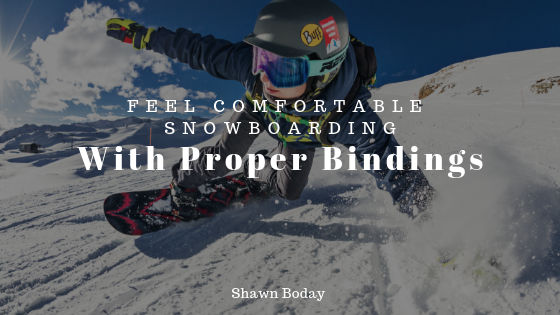The slopes aren’t going to be enjoyed if a snowboarder doesn’t have the right equipment for the ride. The wrong equipment not only affects your ride, but your safety. Bindings are what connect you to your board. With bindings, every movement you make is transferred to the board. Ill-fitting bindings make you more prone to accidents.The bindings combine with the board, boots and rider to create the best ride possible. A rider should think about several factors when they are looking to get new bindings for their snowboard.
A Rider’s Ability And The Binding
Bindings can be flexible or stiff. The level of flexibility that a rider wants in the binding will depend on things like level of skill and terrain. A new rider may want bindings that have a more flexible vertical plate for a more forgiving ride. More experienced riders may want bindings to be stiffer and higher up along their achilles tendon for a tighter ride. A snowboarder will want to think about the way they ride when looking at purchasing bindings.
Style
One can stick strictly to well-groomed runs at their local lodge when snowboarding. This is perfectly fine. One may want their bindings in this case to have more of a soft to medium flex ability. A freestyler is going to have different needs in bindings than an all-mountain rider.
Know The Different Options
Understanding the different types of bindings will help a rider get comfortable on the board. There’s nothing worse than breathing in the alpine air before a run, only for it all to be ruined by a piece of equipment feeling uncomfortable. Strap bindings are the most common type. Just as they read, they feature straps that ratchet down to hold the boot to the board. The support is excellent and strap bindings can be adjusted in many ways.
The alternative to strap bindings is speed-entry bindings. They look like strap bindings, but the backs recline in a way that allows easy access to and from the snowboard. Bindings of this sort are generally heavier than strap bindings.
Make Sure It Fits
It’s no use having bindings that aren’t compatible with the snowboard and boots being worn. A rider will know when a binding is compatible with the boot when it feels snug and secure, but still allows room to move. Make sure the baseplates of the bindings fit securely to the snowboard.

